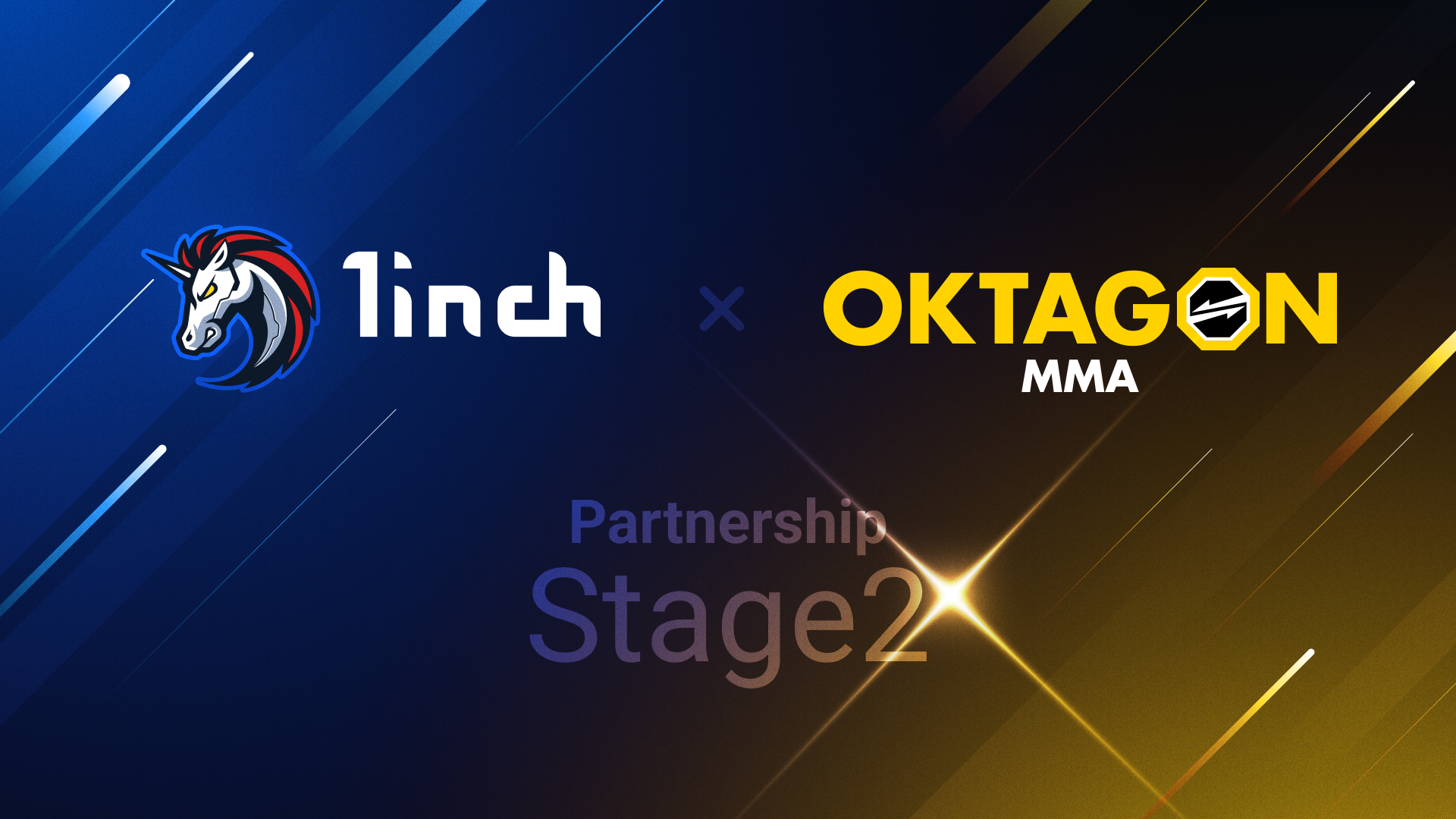ZK-Rollups: a revolutionary scaling approach

ZK-Rollups’ technology offers a particular transaction validation mechanism along with other advanced features.
Key takeaways:
Introduction to rollups
The development of Web3, coupled with the growing popularity of dApps, are putting pressure on the existing networks, prompting the development of scaling solutions. Among the latter zero-knowledge rollups (ZK-Rollups) are considered most promising.
Scaling solutions, known as Layer 2 chains (L2s), are designed to solve the scalability problem of Layer 1 (L1) networks, like Ethereum, by handling transactions off the mainnet. While depending on L1 for final transaction settlement, they aim to offer users greater throughput, lower gas fees and higher transaction speed. Rollups rely on rolling up multiple transactions into batches on L2 and then publishing them to the main network. There are two common types of rollups, Optimistic Rollups and ZK-Rollups. The examples of top Optimistic Rollups include Optimism and Arbitrum. Speaking of ZK-Rollups, zkSync Era is currently one of the leading projects. Among other notable players are Polygon’s ZK Rollups and Starknet.
Differences between ZK-Rollups and Optimistic Rollups
Both Optimistic and ZK-Rollups share L2’s transaction handling principle. Meanwhile, through its approach to the validation process, the latter offers users a number of additional benefits.
Optimistic Rollups verification approach and its limitations
Optimistic Rollups rely on fraud proof based on the assumption that all transactions submitted to L1 are legitimate. Hence, they are “optimistic.” After a user submits a withdrawal request, a validator needs to check the state of the chain to provide fraud proof. To detect incorrectly calculated transactions, the fraud proof uses a binary search between two parties to find where exactly in a block they disagree. The whole process can take multiple days, leading to a long withdrawal time.
ZK-Rollups and zero-knowledge proofs for transactions verification
By contrast, ZK-Rollups use zero-knowledge proofs (ZKPs) – a computationally intense and promising approach to transaction verification. L2 transactions are batched into a proof - a cryptographic mechanism - to automatically provide an L1 proof that computations on L2 were made correctly. This algorithm is based on the principle of encrypting and validating the result of computation without being able to “unroll” it to reveal the original data. So there is no need to check all the transactions, since the encryption algorithm has already provided the final correct result along with validation.
The generated proof is then submitted to the main chain and validated by the L1 network’s nodes. This approach offers both enhanced security and instant withdrawal time, since it optimizes the data shared between layers and allows for faster verification and higher throughput.
Transaction fees of ZK-Rollup proof systems
ZKPs come in the form of two proof systems, SNARKs and STARKs – Zero-Knowledge Succinct Non-Interactive Argument of Knowledge and Zero-Knowledge Scalable Transparent Argument of Knowledge, respectively.
ZK-SNARKs rely on a trusted setup to create private transactions. The system has been widely adopted in crypto transactions and other DeFi areas. For example, the privacy of the Zcash coin is derived from zk-SNARKs. One reason for the technology’s growing adoption is its capability to generate proof without disclosing much data. A notable example of a rollup built on the SNARK platform is zkSync Era.
ZK-STARK’s computations are simpler and not as expensive, and they don’t need a trusted setup, but the size of the generated proofs is larger. One of the well-known ZK-Rollups using ZK-STARK is Starknet.
The two systems differ in their cost validation approach. With ZK-SNARK, the gas required for validating the proof doesn’t change, no matter how complex the transaction is. By contrast, ZK-STARK uses different amounts of gas depending on the transaction size.
Less gas fee with more ZK-Rollup users
Part of the gas fee goes to publishing on L1, when using all rollups. They can post either the entire calldata or the most current state at the moment of publishing. The latter offers more scalability, since it reduces the size of submitted records (calldata is potentially heavier).
Another key difference is that as long as only the final states are published, the transaction cost decreases with more people using the L2. For example, no matter how many users simultaneously swap through the same protocol, one or ten, the state will be updated only once and then published. But in the former case, one user will pay the entire fee for submitting data to L1, while in the latter, the cost will be split among ten transactions. This feature allows for cheaper transaction execution with increasing ZK-Rollup demand. It appears to be the opposite principle to that of the main network: the more users, the cheaper gas. Since ZK-Rollups mostly publish the final states, they can boast an unlimited potential for future growth and offer a favorable gas price.
Key benefits of ZK-Rollups
Development of ZK-Rollups projects
One of the rapidly expanding ZK-Rollups is zkSync Era, which is constantly experiencing significant network activity. It became the 4th largest L3 in terms of TVLin just over a month since launch and, according to DeFiLlama, keeps 3rd place among all rollups at the moment of writing with a TVL of $116.67 mln. The company behind zkSync Era, Matter Labs, previously launched zkSync Lite, but, despite the similar name, it refers to a completely different project that does not support smart contracts.
Polygon zkEVM shares the ZK-Rollup technology with zkSync, yet is lagging behind it with a TVL of $2.1 mln. StarkNet and StarkEx, developed by Starkware, are other examples of early ZK-Rollup projects, with StarkNet’s TVL standing at $9.28 mln.
This April, 1inch added zkSyncEra to the list of supported L2s in order to provide users with yet more swapping opportunities and connect them with more liquidity sources.
Conclusion
ZK-Rollups are a promising scaling solution for Ethereum and other L1 blockchains. Since they use ZKPs to verify transactions off-chain, they can allow for faster transaction times and lower gas fees. ZK-Rollups are still under development, but such projects as zkSync Era are constantly improving and are poised to play a major role in the future of Web3.





























